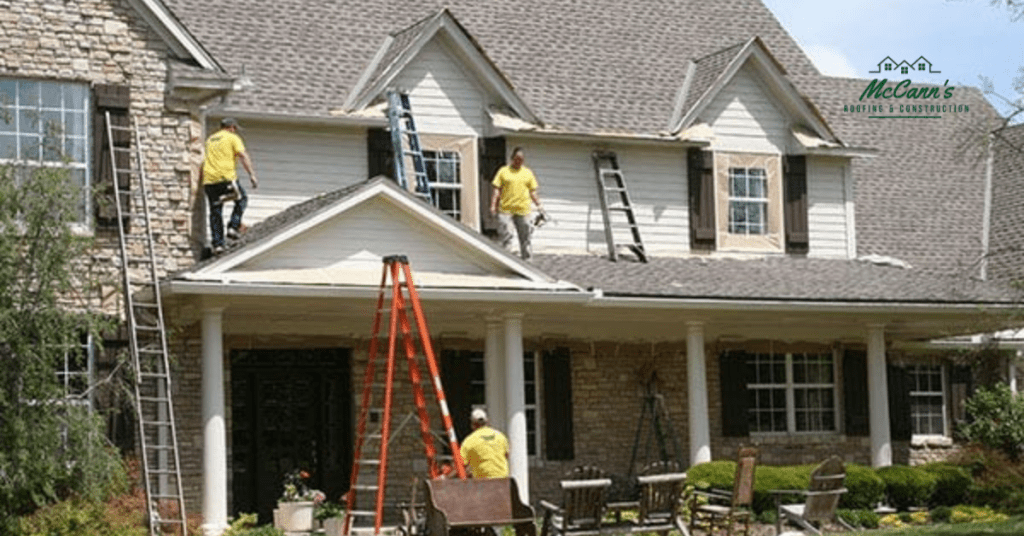When it comes to home maintenance, understanding what does a roof replacement include is crucial for homeowners facing the decision to replace their roof. This comprehensive guide will walk you through the essential components of a roof replacement project, helping you navigate the process with confidence and clarity.

Key Components: What Does A Roof Replacement Include?
A roof replacement typically involves several key components and considerations:
- Roof Inspection and AssessmentThe first step in any roof replacement project is a thorough inspection by a qualified roofing contractor. This assessment helps determine the condition of the existing roof, identify any underlying issues, and assess the overall scope of work required for the replacement.
- Material SelectionChoosing the right roofing material is a critical decision that affects both the aesthetic and functional aspects of your home. Options range from traditional asphalt shingles to more durable materials like metal, tile, or slate. Each material comes with its own set of advantages in terms of longevity, maintenance requirements, and cost.
- Tear-Off and PreparationIn most cases, a roof replacement involves removing the existing roofing materials down to the roof deck. This process, known as tear-off, allows contractors to inspect the underlying structure for any damage and ensures a clean slate for installing new roofing materials.
- Installation of New Roofing MaterialsOnce the roof deck is prepared, the installation of new roofing materials begins. This includes laying down underlayment, applying flashing around roof penetrations (such as chimneys and vents), and then installing the chosen roofing material in accordance with manufacturer guidelines and local building codes.
- Ventilation and InsulationProper ventilation and insulation are crucial components of a roof replacement project. Adequate ventilation helps regulate temperature and moisture levels in the attic, which can prevent issues like mold growth and premature roof deterioration. Similarly, ensuring sufficient insulation improves energy efficiency and indoor comfort.
- Final Inspection and CleanupAfter the new roof is installed, a final inspection is conducted to ensure that all components meet quality standards and manufacturer warranties. Any debris from the construction process is cleared away, leaving your property clean and free of roofing materials.
Considerations and Cost Factors
Several factors can influence the cost and scope of a roof replacement project:
- Roof Size and Complexity: Larger roofs or those with complex designs may require more materials and labor, impacting overall costs.
- Choice of Materials: Different roofing materials vary in cost, with some requiring specialized installation techniques that can affect labor expenses.
- Local Climate and Building Codes: Building regulations and climate considerations may dictate specific requirements for roofing materials and installation methods.
- Contractor Expertise: Hiring a reputable roofing contractor with experience in roof replacements is essential for ensuring quality workmanship and adherence to safety standards.
Conclusion
In conclusion, understanding what does a roof replacement include empowers homeowners to make informed decisions about their roofing needs. By considering the key components outlined in this guide—from initial inspection to final cleanup—you can navigate the roof replacement process more effectively. Whether you’re replacing an aging roof or upgrading to enhance your home’s curb appeal and energy efficiency, thorough planning and professional guidance ensure a successful outcome.
Explore more insights into home improvement and roofing solutions to enhance the value and comfort of your home.



Leave a Reply